Сhoosing the best framework for web applications is not an easy task. There are many of them on the market, and each has its peculiarities, strong and weak sides, and best scopes of application. A correct framework choice can accelerate the processes, while a wrong decision can cost you extra time and money.
Let’s have a look at the best frameworks for web development in 2021 that are popular, universal in use, and can come in useful for different types of projects.
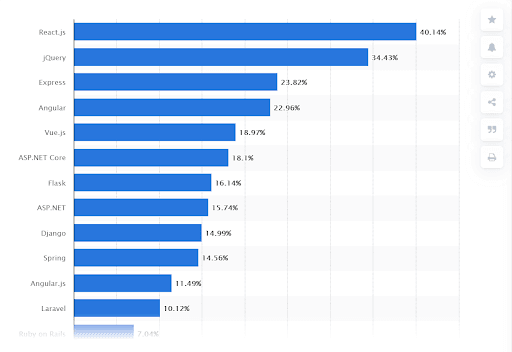
TOP 5 FRONT-END WEB DEVELOPMENT FRAMEWORKS TO LOOK AT
1. REACT

React is considered one of the best web development frameworks today. React is a front-end library that uses a virtual DOM to improve the performance of applications of any size that require regular content updates. React is based on one-way data binding. This provides better control over the entire project. React is worth using when your team has a lot of JavaScript experience, you need flexibility, and the application is highly interactive and needs to be used across multiple platforms. The library also takes advantage of mature support and a large developer pool, continuous innovation such as React-Fiber for better concurrency, and Suspense for better rendering. React has earned respect for its minimalist approach and small size. Since it does not impose architecture, it gives developers more freedom to make decisions. But at the same time, this aspect requires a lot of effort in training and decision making.
The main companies that use React are Instagram, Facebook, Netflix, The New York Times, Yahoo, WhatsApp, Airbnb, Dropbox, Reddit, and more.
2. ANGULAR

In a comparison of web application frameworks, a significant advantage of this platform is its rich set of functions. Angular is a great option for bulky apps thanks to its TypeScript support. It requires less development effort and offers high performance thanks to features such as two-way binding and dependency injection, respectively. It largely dictates the rules of the game and makes it work in a certain style since some functions are rigidly built into the framework and there is no way not to use them. It is also convenient since you do not need to spend time thinking about some of the processes on your own. But this greatly limits your freedom.
You can choose Angular when developing a large and feature-rich application, real-time applications (such as chats), and native and hybrid applications, which are long-term and large-scale investment projects. Angular is the most secure client-side web platform and has a high level of control.
Angular is used by PayPal, Sony, The Guardian, Upwork, Google, Skyeng, and others.
3. VUE
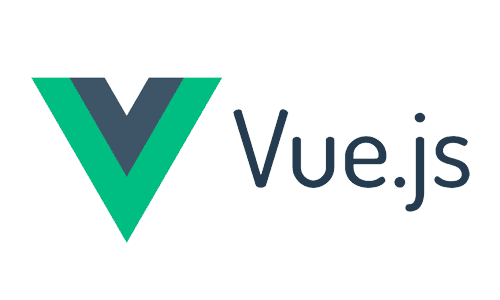
Vue is a young JS framework designed to solve the problems developers face when working with Angular and React. It consists of all the good stuff in React and Angular, so it uses reactive two-way data binding (Angular), a virtual DOM, and event sourcing (React). Opt for Vue when you need fast, high-performance applications, when you are looking to develop a PWA or modernize a large enterprise application, when development speed and a low barrier to entry are key parameters, and, of course, when SEO is super important to you.
Here are some of the companies that use Vue: Alibaba, Grammarly, GitLab, and Nintendo.
4. JQUERY
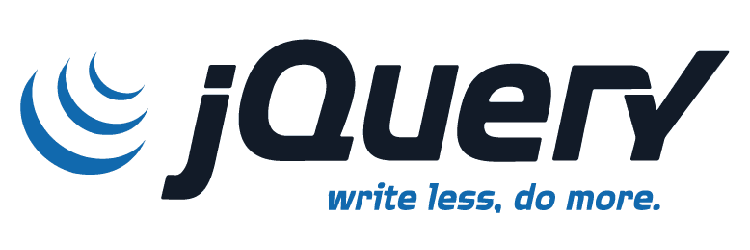
jQuery was one of the first front-end frameworks, introduced in 2006. Despite this, it is still important in today's technology environment. This framework makes it easier to use and reduces the need to write large-scale JavaScript code. jQuery is used to control DOM and CSS manipulation and to enhance the interactivity and functionality of a website. Besides, the latest development in this framework allows developers to create native mobile applications using the HTML5-based UI scheme jQuery Mobile.
5. EMBER

Ember is one of the most entrusted and mature JavaScript web dev frameworks. Released in 2011, it has been rapidly growing and gaining more and more influence in the world of professional web development. Ember’s core features are its strict organization, advanced version management system, and support of both the most modern standards and older technologies at the same time. Ember allows you to make properties out of functions, which is pretty useful when it comes to working with bindings.
This web application development framework is great for creating complicated web apps and is used by such companies as Google, Microsoft, Netflix, and Heroku.
| Front-end Frameworks | Pros | Cons |
| React | 1. Virtual DOM for a better experience 2. Installed components 3. One-direction code flow for a stable code 4. Wide toolset | 1. Constant updates lead to poor documentation. 2. Slightly verbose, less straightforward than pure JavaScript |
| Angular | 1. The most secure client-side web platform 2. TypeScript support for developing bulky applications 3. Easy to write tests | 1. Quite difficult to learn 2. Can have trouble loading huge amounts of data 3. Limits development freedom1. Small and fast |
| Vue.js | 1. Small and fast 2. Easy to find errors 3. Clear documentation 4. Simple to integrate with other apps | 1. Doesn’t have many stable components 2. Far too flexible |
| jQuery | 1. Good compatibility with cross platforms 2. Easy to learn | 1. Can lead to massive errors if not used with a proper JS foundation 2. Slow compared to CSS |
| Ember | 1. Usage of accessors for higher performance 2. Fast development 3. Clear documentation 4. Has its own debugger | 1. Difficult to learn 2. Slow rendering 3. Unsuitable for small projects |
TOP 5 WEB APPLICATION FRAMEWORKS FOR THE BACK END
1. DJANGO
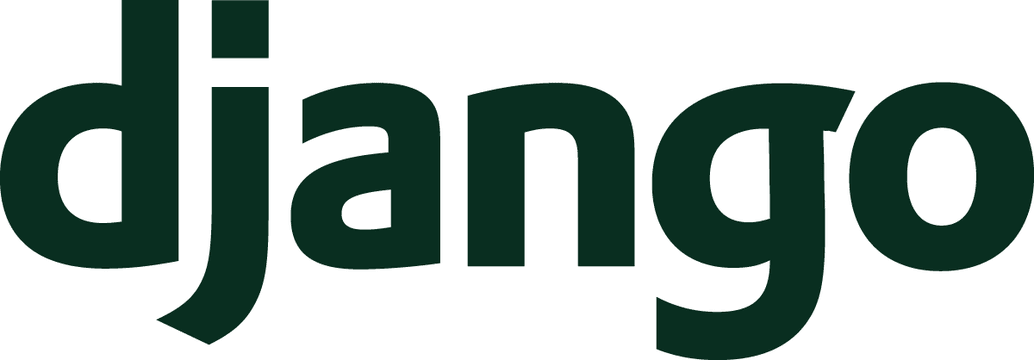
Although it’s one of the older website development frameworks, released in 2005, it’s still one of the top picks due to its modern view on problem-solving and constant improvements. Django is arguably the most popular web application framework based on Python, one of the most used programming languages in the world.
Among the main advantages of Django are its flexibility, scalability, and universal use. It possesses numerous packages and has an extensive community and thorough technical documentation.
You can build practically any type of application using this, one of the most scalable web frameworks, from a smaller-scale project to a complex solution. It's popular for creating MVPs for startups (thanks to its flexibility and also the principle of code refusal, which allows for time and budget optimization), but it's also widely used by such companies as Instagram, Pinterest, NASA, and many others.
2. EXPRESS.JS
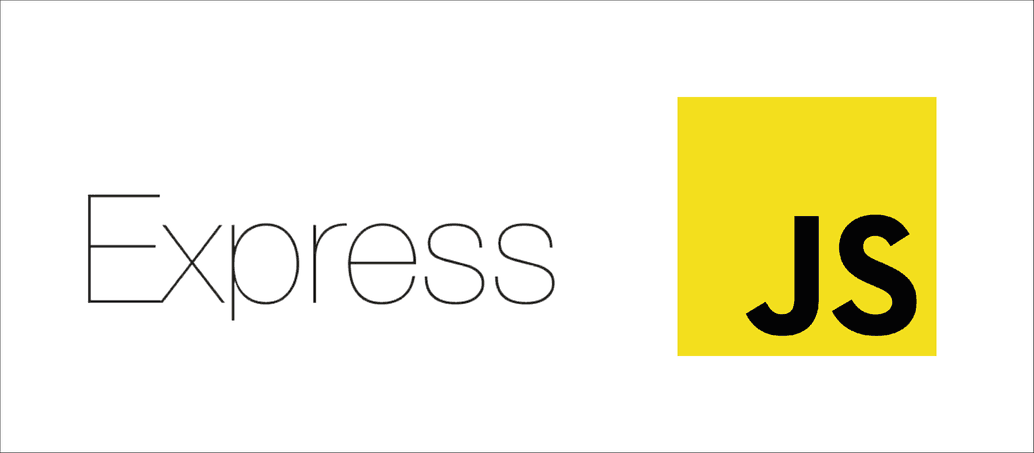
Speed and simplicity are the main principles of Express.js, a Node.js API and web app development framework. One of many open-source frameworks, it includes a great number of out-of-the-box tools, and many solutions can be made with just a couple of code lines.
Express is easy to use, especially if you already have experience with Node.js. It is a popular technology used by Accenture, Uber, IBM, and many other companies that trust their essential business functions to Express.js due to its simplicity and high speed.
3. RUBY ON RAILS

This web framework has a wide spectrum of uses, including solving very complicated development problems. RoR offers many tools and great libraries that reduce development time. The framework is also big on test automation, which is a valuable feature for software quality. With RoR, you can create cloud-based applications (e.g., Pixlr), social networking platforms (e.g., ASKfm), and many other types of web platforms.
4. SPRING
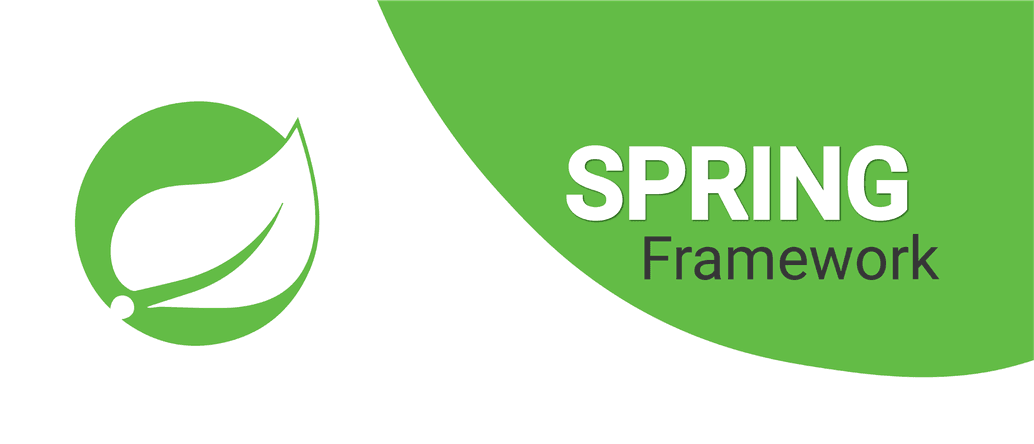
Based on Java, this web application framework is very popular in the world of back-end web development. Practically any professional working with this language will sooner or later use Spring. Its main purpose is the ability to simplify the creation of J2EE apps. This is possible thanks to a number of specific advantages. Spring provides you with a frame for your future application. Together with strict architecture, it simplifies the process a lot. It is also known for its approach to weakened dependencies between objects and the absence of the necessity to connect objects manually. These and many other features were created to make the work of developers easier and more efficient.
Many famous companies appreciate the advantages of Spring. Wix, Ticketmaster, and BillGuard are among them.
5. FLASK

Flask is a micro-framework based on the Python programming language. It is described as a micro-framework because it does not require any specific libraries or tools and does not contain a form validation layer or database abstraction. Flask supports extensions that can add utilities and functions to a well-designed dynamic web application.
Unlike Django, Flask is a good option for developing small projects.
| Back-end Frameworks | Pros | Cons |
| Django | 1. Scalable and flexible 2. Great for MVPs 3. Secure 4. Great documentation | 1. Not the fastest 2. Monolithic |
| Express.js | 1. Simplicity 2. Flexibility 3. Packages for API development | 1. Many callbacks 2. Unhelpful error messages 3. Not suitable for heavy apps |
| Ruby on Rails | 1. Many tools and libraries 2. Fast development 3. Good for prototyping 4. Test automation | 1. Slow boot time 2. Not the best choice for heavy applications 3. Lack of proper documentation |
| Spring | 1. Great for Java apps 2. Easy to cooperate with other programs 3. Flexible | 1. Difficult to learn 2. Can be unstable |
| Flask | 1. Easy development 2. Flexibility 3. Easy for unit testing | 1. Fewer tools 2. Additional installation of modules is required, which increases the number of third-party tools that can cause insecurity |
FINAL THOUGHTS
We reviewed the most popular web frameworks in 2021 that are flexible and cater to different types of projects. They also have quite large communities, and with a high number of developers available out there, it is easier to find specialists for your project.
All of them are great, but which one is the best web framework in 2021 for your project? It all depends on your needs and project requirements. So, consider the advantages and disadvantages in the comparison tables to choose the one that will save your time and money in the long run.




